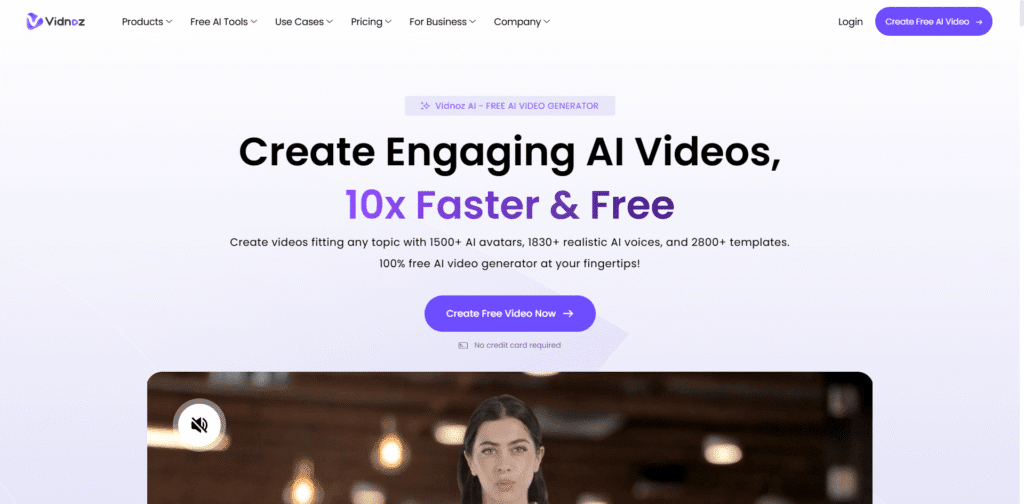Outline
- Introduction
- Understanding RudderStack
- How RudderStack Works
- Key Benefits of Using RudderStack
- RudderStack Architecture Overview
- Use Cases Across Industries
- Integration Ecosystem
- Alternatives to RudderStack
- Conclusion
Introduction
In today’s data-driven world, businesses rely heavily on accurate, real-time insights to make informed decisions. Managing customer data from multiple sources—websites, mobile apps, and backend systems—can be complex. This is where RudderStack comes in. It’s an open-source customer data platform (CDP) designed for developers, enabling companies to collect, transform, and route customer data securely and efficiently. According to BuiltWith, RudderStack is used by hundreds of organizations globally, including major enterprises in technology, e-commerce, and finance.
Understanding RudderStack
RudderStack is a modern data pipeline that helps businesses move customer data from various sources to destinations such as data warehouses, analytics tools, and marketing platforms. Unlike traditional CDPs that often act as black boxes, RudderStack provides full visibility and control over data flow. It’s built on open-source principles, allowing teams to self-host and customize their data infrastructure according to compliance and privacy needs.
Why Businesses Choose RudderStack
Organizations choose RudderStack because it bridges the gap between data collection and activation. It ensures that every piece of customer data is accurate, consistent, and available where it’s needed most—whether for analytics, personalization, or automation.
How RudderStack Works
At its core, RudderStack functions as a data router. It captures events from multiple sources, processes them, and sends them to configured destinations. The process typically involves three main components:
- Sources: These are data entry points such as websites, mobile apps, or servers.
- Transformations: RudderStack allows data transformations using JavaScript or Python before sending to destinations.
- Destinations: These include analytics tools, data warehouses, and marketing platforms.
For example, when a user interacts with a website, RudderStack captures that event, enriches it with additional metadata, and forwards it to tools like Google BigQuery or Snowflake for analysis.
Key Benefits of Using RudderStack
RudderStack offers several advantages that make it a preferred solution for modern data teams:
- Data Ownership: Businesses retain full control over their data, ensuring compliance with regulations like GDPR and CCPA.
- Open Source Flexibility: Developers can customize and extend RudderStack’s functionality to fit unique business requirements.
- Scalability: It efficiently handles large volumes of data without compromising performance.
- Security: Sensitive customer data is processed securely, minimizing risks of unauthorized access.
- Real-Time Processing: RudderStack supports real-time event streaming, enabling instant insights and personalization.
RudderStack Architecture Overview
The architecture of RudderStack is designed for flexibility and reliability. It typically includes the following components:
- SDKs: RudderStack provides SDKs for web, mobile, and server-side environments, making integration straightforward.
- Event Stream: The event stream collects and queues data from various sources.
- Transformation Layer: This layer allows data enrichment and modification before routing.
- Destination Connectors: RudderStack supports over 150 destinations, including major analytics and marketing platforms.
By using a modular architecture, RudderStack ensures that each component can scale independently, reducing bottlenecks and improving reliability.
Data Flow Example
Imagine an e-commerce company tracking user behavior. RudderStack collects user events such as product views and purchases, enriches them with customer attributes, and sends them to a data warehouse. From there, analysts can use tools like Looker or Tableau to visualize trends and optimize marketing campaigns.
Use Cases Across Industries
RudderStack’s versatility makes it suitable for various industries. Below are some common use cases:
E-commerce
Retailers use RudderStack to unify customer interactions across web and mobile platforms. This unified view helps in creating personalized shopping experiences and improving conversion rates.
Fintech
Financial institutions leverage RudderStack to ensure compliance and maintain data accuracy across analytics and customer engagement tools.
Healthcare
Healthcare providers use RudderStack to securely manage patient engagement data while adhering to strict data privacy regulations.
Technology and SaaS
Tech companies rely on RudderStack to track product usage, improve onboarding experiences, and optimize retention strategies.
Integration Ecosystem
RudderStack integrates seamlessly with a wide range of tools. Its extensive ecosystem ensures that businesses can connect their preferred analytics, marketing, and data storage platforms effortlessly.
Popular Integrations
- Data Warehouses: Google BigQuery, Amazon Redshift, Snowflake
- Analytics Tools: Mixpanel, Amplitude
- Marketing Platforms: Segment, HubSpot
- Customer Support: Zendesk, Intercom
Integration Table
| Category | Example Tools |
|---|---|
| Data Warehouses | Google BigQuery, Snowflake, Amazon Redshift |
| Analytics | Mixpanel, Amplitude |
| Marketing Automation | HubSpot, Mailchimp |
| Customer Engagement | Intercom, Zendesk |
Alternatives to RudderStack
While RudderStack is a powerful platform, several alternatives exist for businesses seeking different capabilities or hosting preferences. Below is a comparison of some popular alternatives:
| Tool Name | Description |
|---|---|
| Segment | A leading customer data platform offering extensive integrations and a user-friendly interface for marketers and developers. |
| Snowplow | An open-source data collection platform focused on event-level analytics and behavioral data tracking. |
| Heap | Automatically captures all user interactions on websites and apps, enabling teams to analyze customer journeys without manual tracking. |
| Fivetran | Provides automated data integration pipelines that sync data from various sources into centralized warehouses. |
| Stitch | A simple, developer-focused ETL service that helps move data quickly and securely into analytics environments. |
Conclusion
RudderStack stands out as a developer-friendly, open-source alternative to traditional customer data platforms. Its emphasis on data ownership, scalability, and flexibility makes it ideal for organizations that prioritize transparency and control. By enabling seamless integration with analytics, marketing, and data storage tools, RudderStack empowers teams to unlock the full potential of their customer data. Whether you’re a startup aiming to build a robust data infrastructure or an enterprise seeking to modernize your data stack, RudderStack offers a reliable and future-proof solution for managing and activating customer insights effectively.













